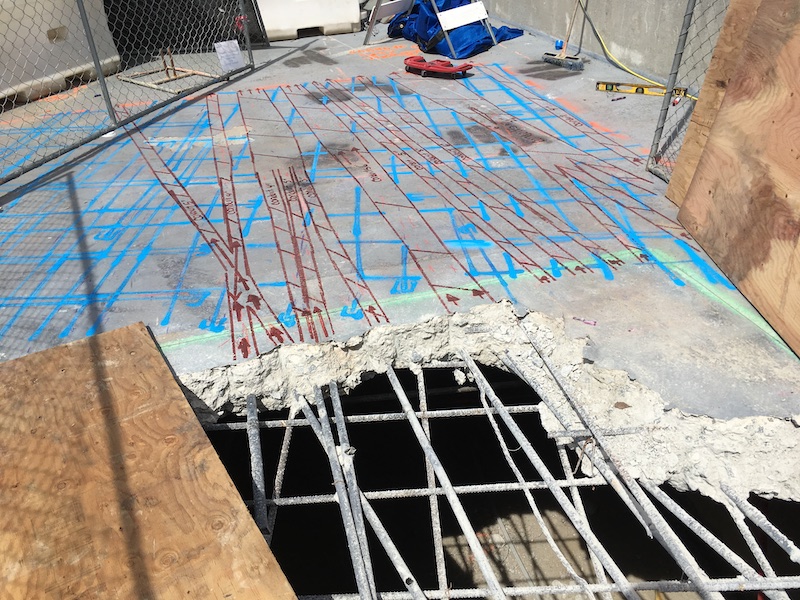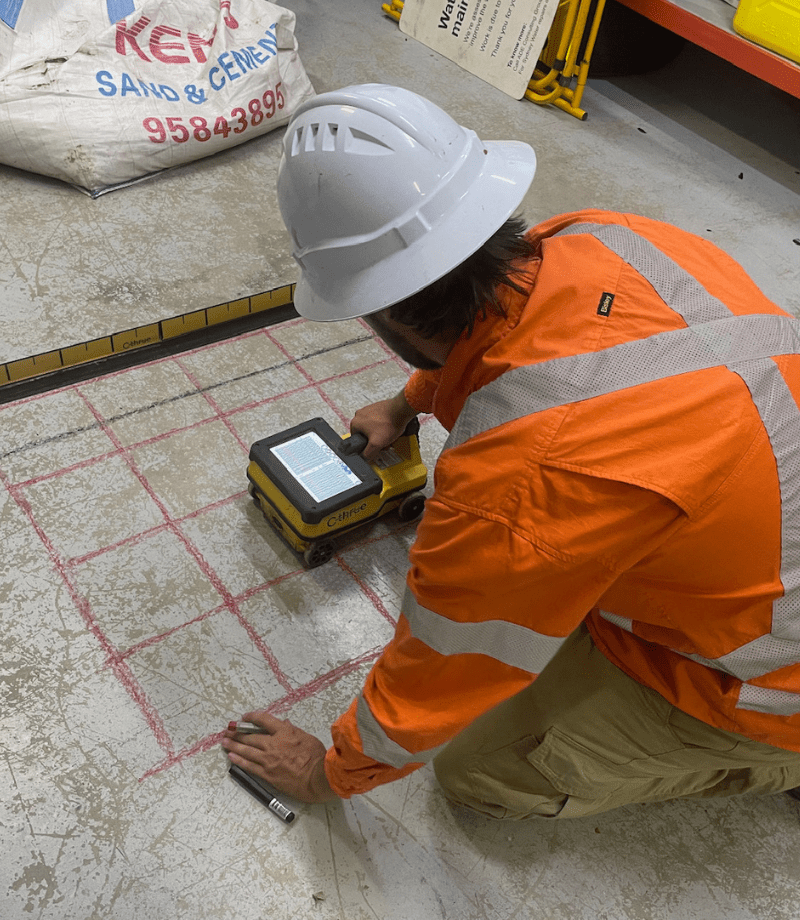Nationwide RainierGPR Service Areas for Advanced Concrete Scanning
Nationwide RainierGPR Service Areas for Advanced Concrete Scanning
Blog Article
Concrete Scanning: An Essential Step In The Direction Of Guaranteeing Structural Integrity and Safety
In the world of construction and facilities maintenance, the value of concrete scanning can not be overstated. This careful procedure holds the key to introducing potential threats hidden underneath the surface area of apparently solid frameworks. By utilizing advanced modern technology and methods, concrete scanning acts as an essential device in ensuring that the honesty and security of buildings and bridges are maintained to the highest standards. Nevertheless, past its surface-level ramifications, the duty of concrete scanning prolongs much much deeper than satisfies the eye.
Significance of Concrete Scanning
Concrete scanning plays a critical role in ensuring the structural integrity and security of structures and facilities jobs. By making use of sophisticated technologies such as ground-penetrating radar (GPR) and electro-magnetic induction, experts can non-destructively evaluate concrete structures to find potential problems, spaces, embedded objects, and reinforcement layout. This process enables early detection of anomalies that can jeopardize the security of a structure, stopping costly problems and making sure the safety and security of occupants.
Concrete scanning is specifically important during the preparation and building and construction stages of a project. Prior to boring, reducing, or coring into concrete, scanning aids recognize the accurate locations of rebar, post-tension wires, and other embedded components, decreasing the risk of accidental hits that can result in architectural weak points. In addition, concrete scanning aids in high quality control by verifying the density of concrete covers and detecting any disparities that may impact the overall toughness of the structure. Eventually, buying concrete scanning services is not only a proactive procedure to alleviate risks yet also an essential step towards preserving the long-term safety and security and security of structures and framework.
Modern Technology for Concrete Examination

Advantages of Very Early Detection
Prompt discovery of structural issues can considerably minimize threats and make certain the durability of construction jobs. By recognizing potential problems beforehand in the building and construction procedure, stakeholders can take positive steps to attend to concerns before they intensify into bigger and extra pricey problems. One of the key advantages of very early detection is the avoidance of architectural failings, which can posture serious security threats and result in job delays and monetary losses.
In addition, early detection enables timely repair services and maintenance, which can help expand the life expectancy of the structure. By attending to concerns quickly, construction groups can stay clear of pricey repair services or perhaps the demand for premature substitute of architectural parts. This aggressive method not only saves money and time but also boosts the total safety and durability of the building and construction task.
Additionally, very early discovery can enhance task preparation and decision-making by providing stakeholders with beneficial understandings into the problem of the framework. Equipped with this info, job supervisors can make informed selections concerning building and construction materials, techniques, and timelines, leading to a lot more effective and reliable job end results.
Making Certain Structural Stability
Guaranteeing the architectural stability of a building task is critical to its security and long life. Concrete scanning plays an important duty in making visit this site right here certain architectural stability by finding prospective problems such as voids, delamination, or reinforcement rust that might compromise the stability of the structure over time.
By making web link use of sophisticated scanning modern technologies like ground-penetrating radar (GPR) and electro-magnetic induction, construction specialists can non-invasively inspect concrete structures to identify locations of issue under the surface area. This proactive strategy enables the very early discovery of defects or weak points, making it possible for timely repair services or support to avoid structural failures.
Regular concrete scanning during different building and construction phases and throughout the life cycle of a framework can help maintain its security, minimize risks, and make sure the safety of owners. By focusing on structural security with concrete scanning, building and construction jobs can boost their durability and longevity, eventually adding to better safety and long life.
Avoiding Important Failures
Implementing routine evaluations, such as concrete scanning, can disclose surprise issues like spaces, splits, or corrosion that could endanger the integrity of a framework. By making use of advanced scanning innovations like Ground Passing through Radar (GPR) or Concrete X-ray, engineers can non-destructively examine the condition of concrete and identify weak points that need reinforcement or repair service.

Verdict
In conclusion, concrete scanning plays an important duty in ensuring structural integrity and security by utilizing sophisticated innovation for early discovery of potential problems. This aggressive approach aids avoid crucial failures and ensures the security of wikipedia reference frameworks. It is vital to prioritize concrete inspection as a basic practice to protect the long life and safety and security of structures and facilities.
Concrete scanning plays a crucial duty in making sure the structural honesty and safety and security of buildings and infrastructure tasks. In addition, concrete scanning help in high quality control by confirming the density of concrete covers and detecting any kind of disparities that might influence the general toughness of the structure. Concrete scanning plays an important role in making certain architectural security by finding potential problems such as gaps, delamination, or support rust that could compromise the honesty of the framework over time.

In conclusion, concrete scanning plays a vital function in ensuring architectural honesty and safety and security by utilizing innovative technology for early discovery of possible concerns.
Report this page